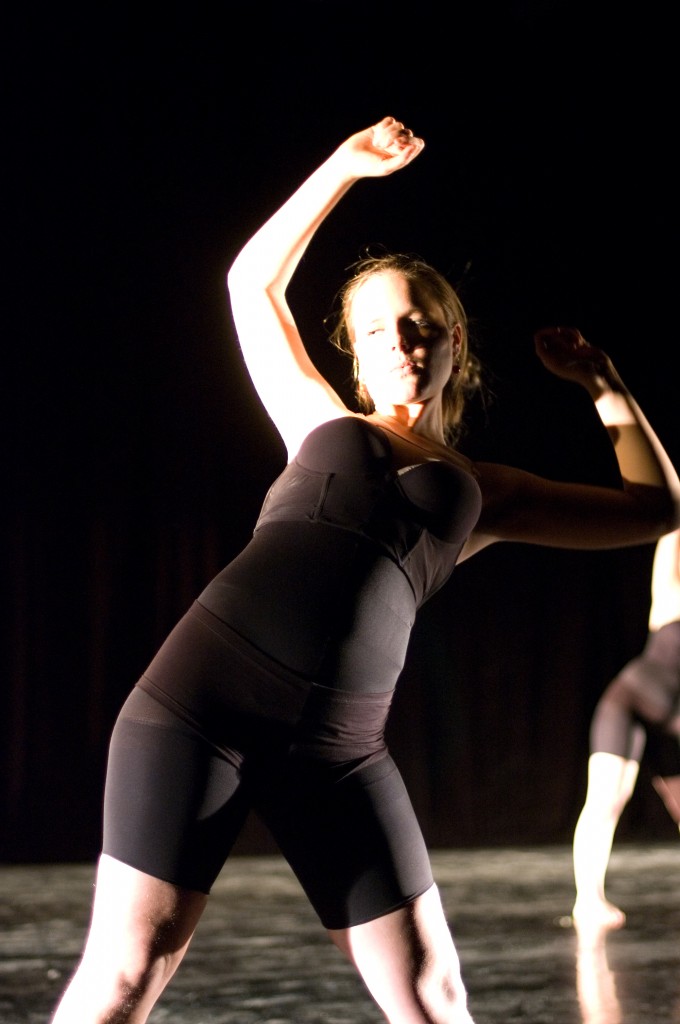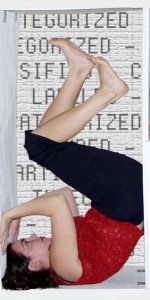
by Janet Neidhardt
The other day a student asked me if it is possible to create movement that has never been done before. I said that creating new movement can be a daunting task because it seems like every movement has been done before. It is difficult to know if what you are doing is brand new or not especially since dance is created all over the world all of the time.
When my students asked if they could make a “Harlem Shake” video because it was this cool new thing, I replied, “Harlem Shake? I had students doing that back in 2001. This is hardly a new move to copy.” When my students research modern dance pioneers, like Martha Graham and Ted Shawn, they see movement in their videos that we still do today. So the question comes back again: Is it possible to create movement that has never been done before?
I think that within this topic lies a deeper question about how we might manipulate and connect movements in original ways. I am always pushing my students’ creativity when choreographing dances. I often find myself saying I’ve seen that movement too much or if a movement has a name and we all know what it is then I don’t want to see it. Setting a high precedent for originality in work is important. I try to teach my students the difference between copying movement and making movement new and original. This can be a difficult task and can easily push students out of their comfort zone. Placing value in originality and creativity is necessary for students to grow as artists and for the arts to grow within their own discipline.
There are many ways to teach students how to manipulate movements like changing the size, putting it in a different body part, timing, energy quality, and so on. I think the more students feel comfortable taking chances and playing with movement ideas the more creativity with be fostered.
Here is one method of creating more original movement that I like to use with my students:
Get three different colored note cards. On the blue note cards write down various body parts like right arm, left elbow, chin, etc. On the red note cards write down movement quality like jerk, float, shake, etc. On the yellow note cards write down traveling movement options like hop, crawl, skip, etc. Then have students randomly pick from each pile of cards and write down the body part, movement quality, and traveling motion all together and then create that movement. For example, right arm floats and crawls. This can be interpreted many different ways so the possibility for originality can be great. I have students create ten movements like this and connect them into a phrase and they create some unique, silly, and very interesting movement that could truly be “new”.

Contributor Janet Neidhardt has been a dance educator for 10 years. She has taught modern, ballet, and jazz at various studios and schools on Chicago’s North Shore. She received her MA in Dance with an emphasis in Choreography from the University of North Carolina-Greensboro and her BA in Communications with a Dance Minor from the University of Wisconsin-Madison. Throughout her time in graduate school, Janet performed with Sidelong Dance Company based in Winston-Salem, NC.
Currently, Janet teaches dance at Loyola Academy High School in Wilmette, IL. She is the Director of Loyola Academy Dance Company B and the Brother Small Arts Guild, and choreographs for the Spring Dance Concert and school musical each year. Janet is very active within the Loyola Academy community leading student retreats and summer service trips. She regularly seeks out professional development opportunities to continue her own artistic growth. Recently, Janet performed with Keigwin and Company in the Chicago Dancing Festival 2012 and attended the Bates Dance Festival.
When she isn’t dancing, Janet enjoys teaching Pilates, practicing yoga, and running races around the city of Chicago.




